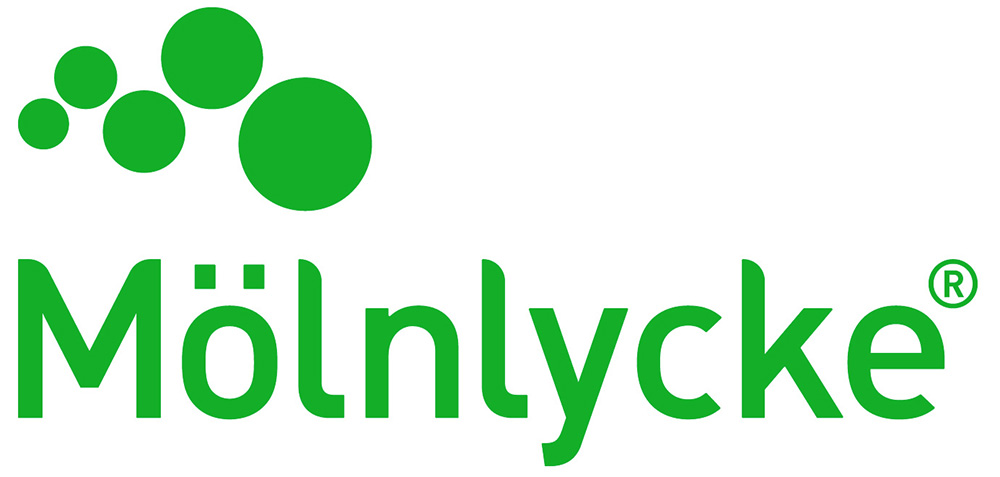Dr Jackie Casey

With approx. 30 years of experience, Jackie has worked as a clinician, university lecturer, and in industry across the UK, Ireland and the US.
She is passionate about the importance of posture, positioning, seating and wheelchair mobility to enable the participation in everyday life for individuals with mobility and/or postural limitations.
Jackie’s doctoral research investigated the postural asymmetries and mobility of children with cerebral palsy. Whilst her previous research has explored the impact of caring for a child who is a wheelchair user, from a parent or a teacher’s perspective; use of modified toy cars to enable children to socially participate; and with industry in designing accessible customisable seating products for persons with complex postural needs.
Jackie now works in a joint appointment with Ulster University and Southern Health & Social Care Trust, continuing her own research, and supporting clinicians to engage in and to embed a culture of clinically relevant research.
Presentation at The Society of Tissue Viability 2025 Conference
Using positioning in lying to reduce the risk of developing pressure ulcers in those with limited mobility and or complex postures
Objectives
This session is aimed at staff with an early understanding of using positioning and support surfaces to reduce the risk of developing PUs, deformities and contractures. It will be of interest to nursing, AHPs, and caregivers.
By attending this session delegates will:
- Understand how the alignment of body structures can be supported in lying
- Develop strategies to increase contact with the support surface in lying to reduce risks of PUs
- Increase awareness of assistive technology available for use in lying
- Understand how profiling can be used to reduce shear and friction
Abstract
Persons with limited mobility and/or complex postures can have difficulty in changing their body position. This can result in the person spending prolonged periods in asymmetrical postures in lying which in turn can lead to asymmetric loading and pressure over smaller areas of skin and deep tissues, and often the development of pressure ulcers (PUs). Depending upon the relationship between the individual and the support surface there may also be the presence of friction, shear and rotation which can further compound this risk of developing PUs.
Although PUs may be an indicator of underlying ill-health, the majority are avoidable. They not only impact on the individual’s quality of life, health and comfort, but are also associated with an increased mortality risk, and higher healthcare costs. It is vital that we implement strategies to manage and/or reduce the risk of developing PUs. Strategies for PU prevention primarily attempt to reduce interface pressure between the body and the support surface on which it rests. They typically employ a combination of regular repositioning, off-loading ‘at risk’ areas, or using pressure redistribution support surfaces.
This session will give an overview of the importance of lying as part of a 24-hour approach for individuals with limited mobility and/or complex postures. It will use demonstration to illustrate some strategies that can be employed to reduce/ manage both PUs as well as deformities and contractures.
Summary: Supported alignment in lying offers a window of opportunity to protect against developing PUs, or to accommodate for deformities and contractures.
Presentation at Advanced Pressure ulcer prevention and management when caring for people with complex health needs study day
Positioning to prevent and manage pressure ulcers
Abstract
Pressure injuries or ulcers (PU) can often develop as a result of prolonged sitting or lying in the one position. Those with neurological or physical conditions, and those who are immobile or unable to effectively weight shift or change their position are at particular risk of developing PUs. It is recognised that the cause of PUs is multi-factorial, however, the use of thoughtful positioning and assistive technology devices as part of a 24 hour postural management programme are useful interventions in both the prevention and management of them.
Although a 24 hour postural care approach is recommended for those at risk for developing PUs, this presentation will focus on sitting. Specifically it will cover the understanding of common areas at risk in sitting, the use of positioning in seating, acknowledge the need to complete a comprehensive postural assessment, and will consider potential strategies that can be used in sitting to prevent or to manage the risk of developing pressure injuries.














